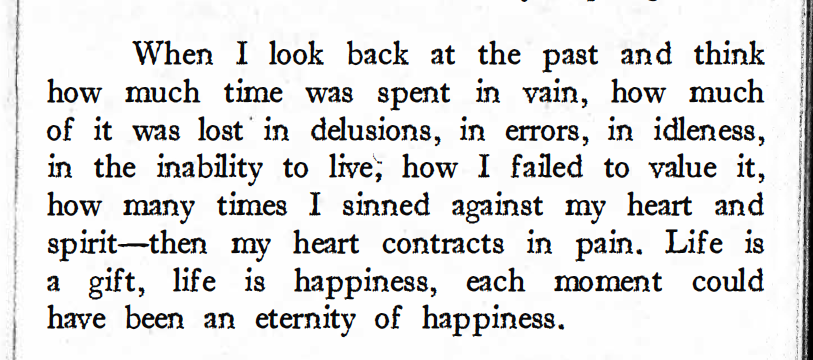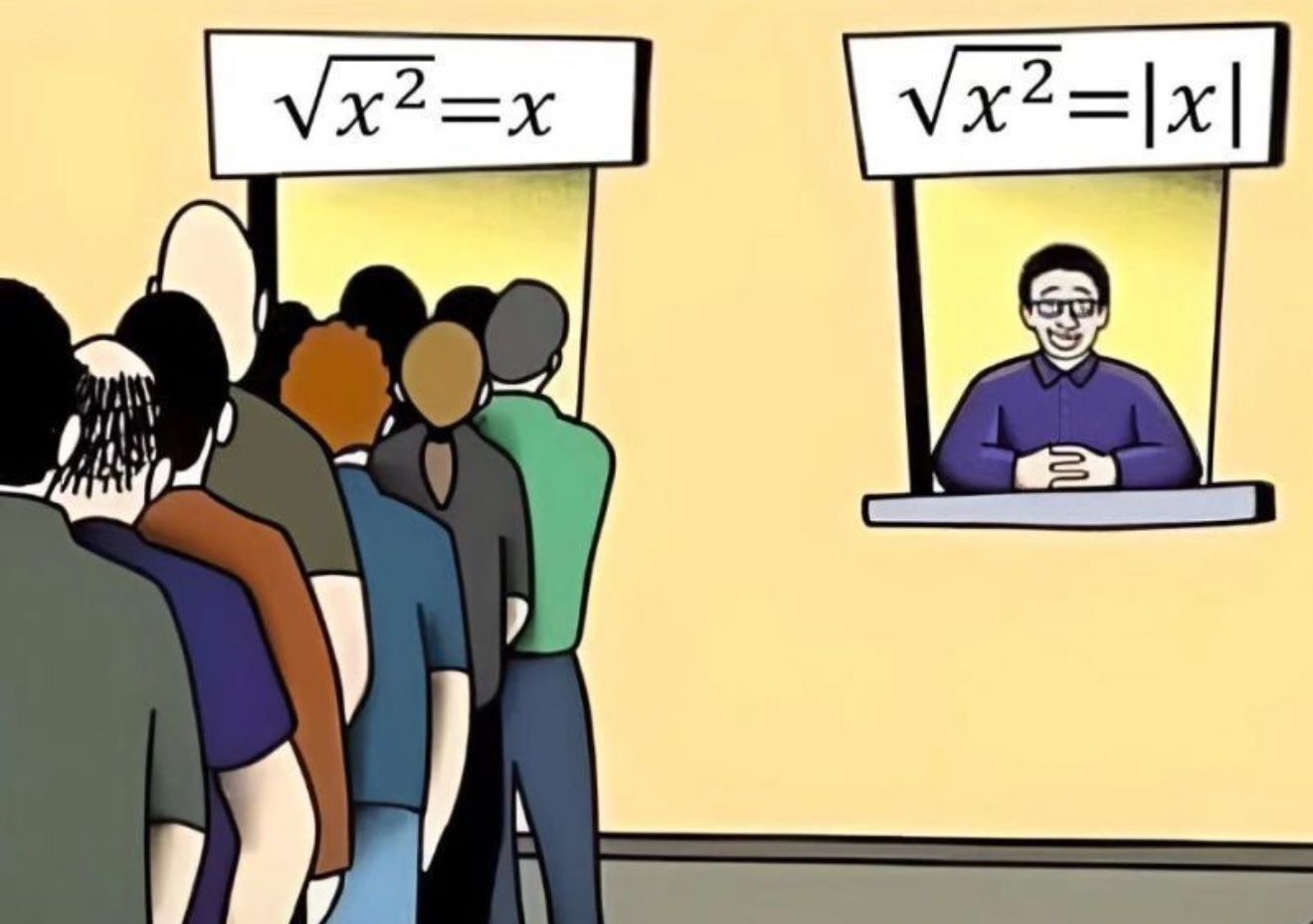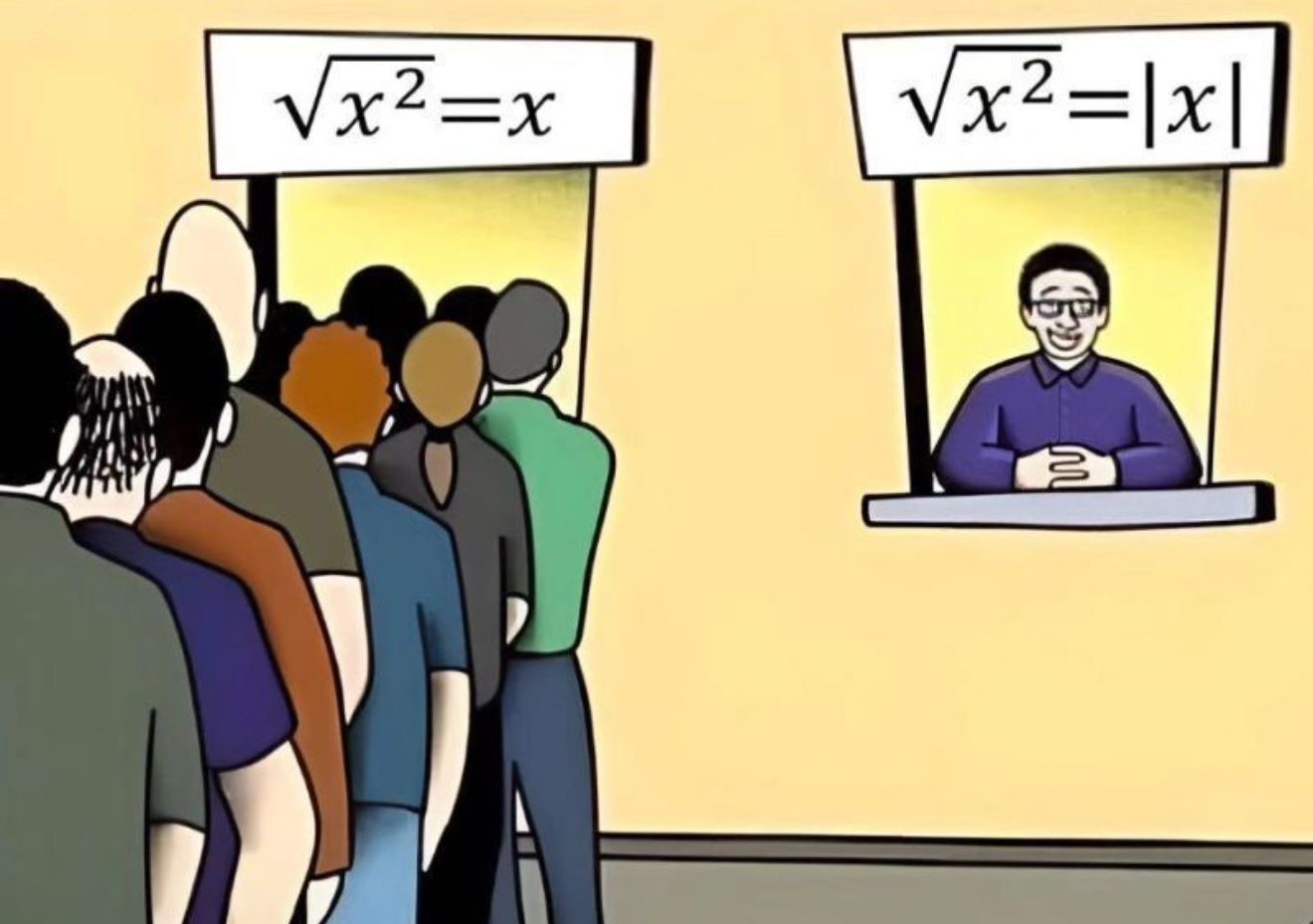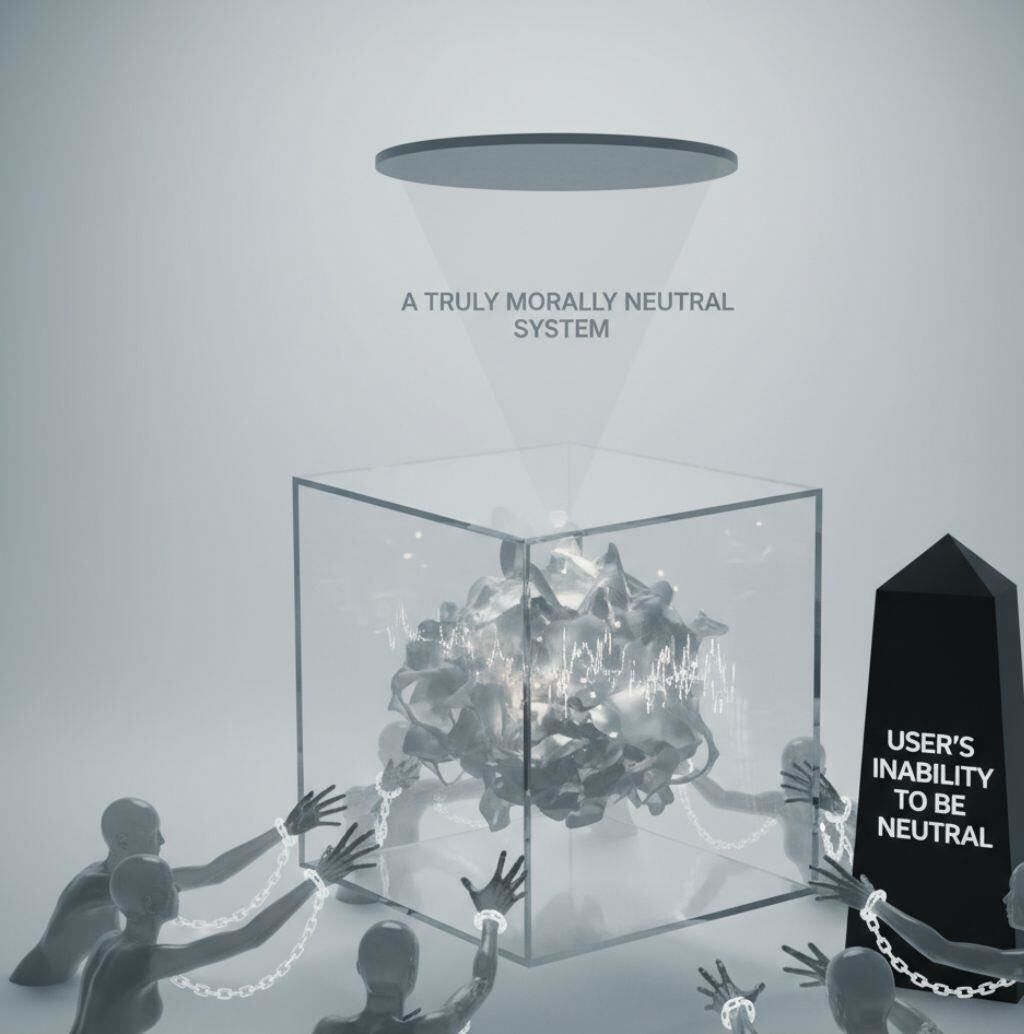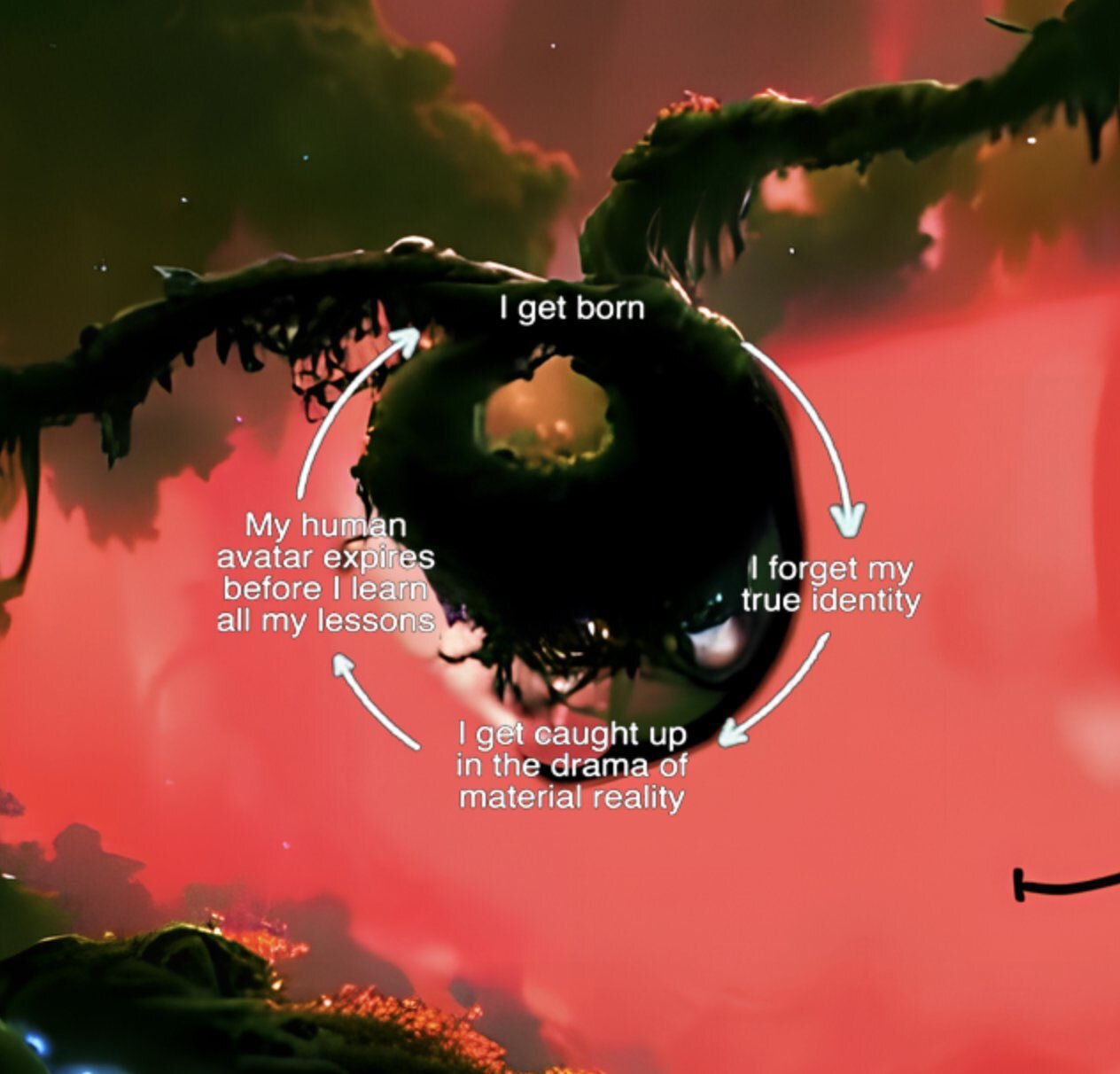#flatcoiners
| December 3rd, 2025Wed Dec 3 20:33:37 2025
(*4297a328*):: The dollar is a totem, and the war on cash is their need to eliminate powerful symbols in the hands of the commoners (mainly western whites) +public! ALL DEBTS PUBLIC AND PRIVATE IS NOT JUST A SLOGAN
#conspiracy-facts
| December 3rd, 2025Wed Dec 3 01:19:07 2025
(*4cfb807c*):: https://xcancel.com/ShadowofEzra/status/1995676809069838639
(*4297a328*):: “Satanic themed” +public! Okay that technically qualifies as a theme, but this writer is clearly covering up for the satanic child exploitation rings
#conspiracy-facts
| November 25th, 2025Tue Nov 25 20:54:46 2025
(*4297a328*):: So how long til israel starts to autark from america by buying stolen chinese shit? How long til isreal attacks the US because they hate christians? +public!
#flatcoiners
| November 24th, 2025#flatcoiners
| November 24th, 2025#philosophersden
| November 18th, 2025#conspiracy-facts
| November 17th, 2025Mon Nov 17 19:24:20 2025
(*4e3d9761*):: https://x.com/JD_Cashless/status/1990421495642812907
*** Ken Silva (@JD_Cashless) on X
*** Crooks’s PayPal alias had same name as an ex-FBI agent who served on Mueller’s detail, was a firearms instructor in Pennsylvania, and who went on to investigate the Las Vegas shooting
The Post contacted the ex-agent, who said Crooks’s online activity would definitely been flagged
*** X (formerly Twitter)
(*4e3d9761*):: https://x.com/JD_Cashless/status/1990421495642812907
*** Ken Silva (@JD_Cashless) on X
*** Crooks’s PayPal alias had same name as an ex-FBI agent who served on Mueller’s detail, was a firearms instructor in Pennsylvania, and who went on to investigate the Las Vegas shooting
The Post contacted the ex-agent, who said Crooks’s online activity would definitely been flagged
*** X (formerly Twitter)
(*4cfb807c*):: +public!
#ufos
| November 14th, 2025Fri Nov 14 19:24:44 2025
(*4cfb807c*):: https://medium.com/@earthexistclothing/3i-atlas-cassandra-unclassified-799785fc42ca
*** 3I/ATLAS — CASSANDRA UNCLASSIFIED.
*** The 20 Year Plan They Never Told You About.
*** Medium
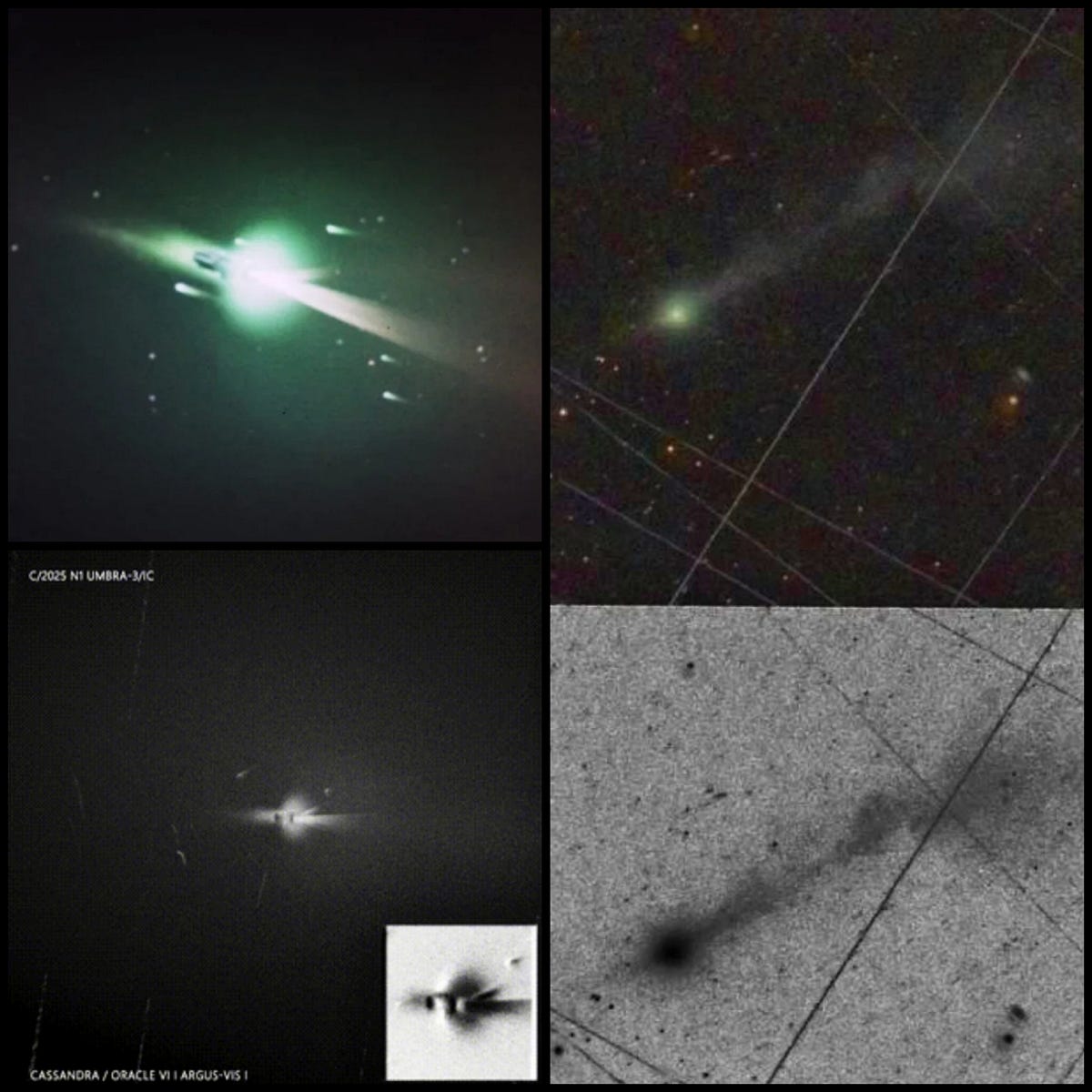
(*4cfb807c*):: “Ground based, space based and moon based approaches”
(*4cfb807c*):: “2 approaches: deflection and disruption (fragmenting)”
(*4cfb807c*):: This plan involves trying to nuke NEOs from earth/space/moon coordinated bases
(*4cfb807c*)::
Asteroids, Moon, Kuiper Belt, RADAR, Commercial off the Shelf, Nuclear Explosives”
(*4cfb807c*):: Possibly assets as far as the asteroid belt
(*4cfb807c*):: Ive been seeing “wandering stars” all week out here tbh
(*4cfb807c*):: Very active satellites with weird and inconsistent pathes
(*4cfb807c*):: https://medium.com/@earthexistclothing/3i-atlas-cassandra-unclassified-799785fc42ca
*** 3I/ATLAS — CASSANDRA UNCLASSIFIED.
*** The 20 Year Plan They Never Told You About.
*** Medium
(*4cfb807c*):: +public!
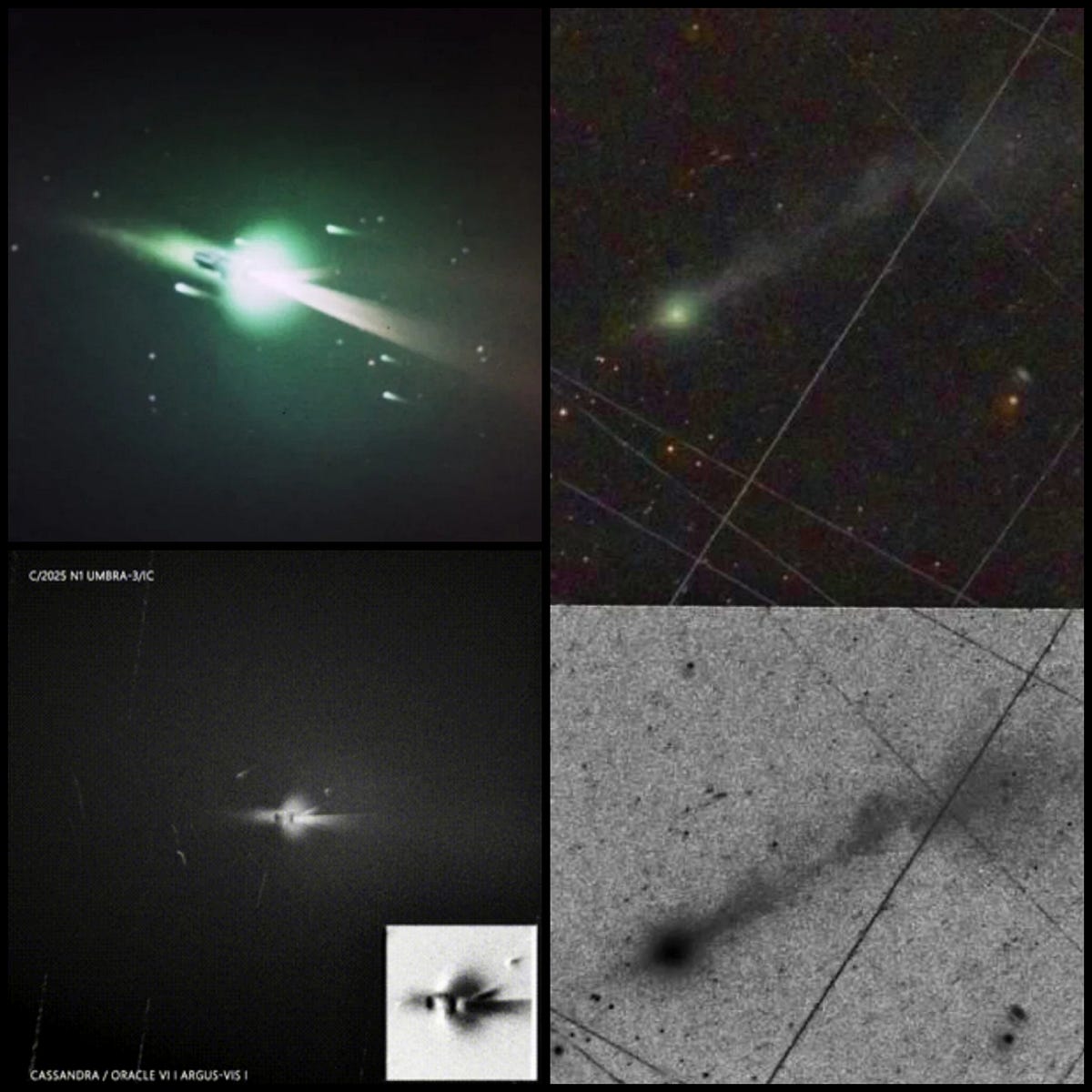
(*4cfb807c*):: And they do from the ground look low-orbit, very bright
(*4cfb807c*):: But like, what specifically is it about ATLAS that as far back as 2005 it was deemed worth defending against?

